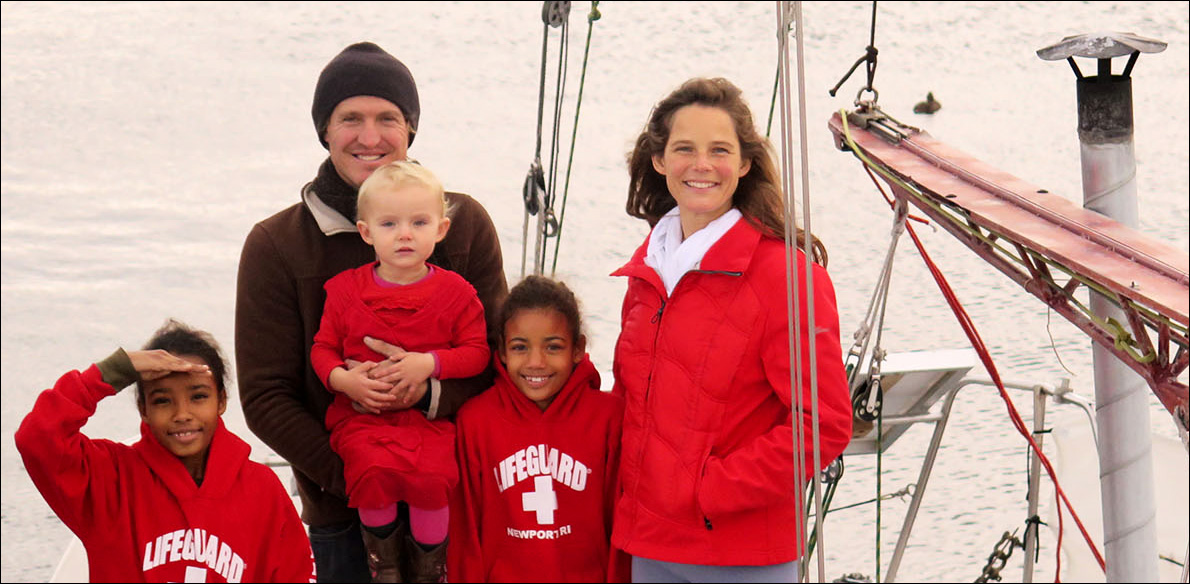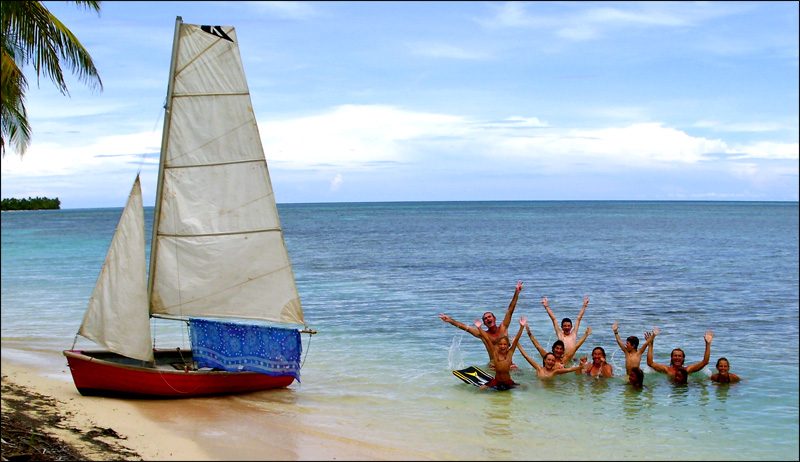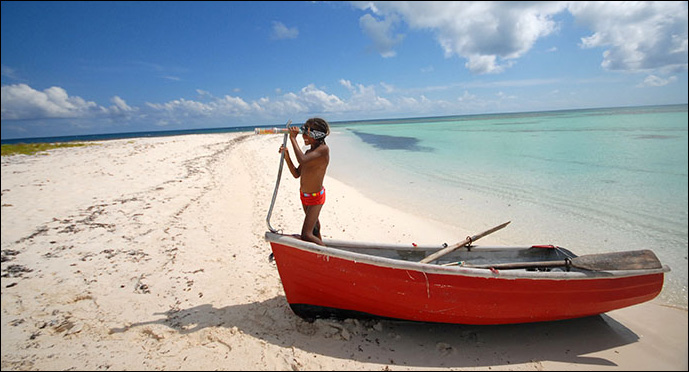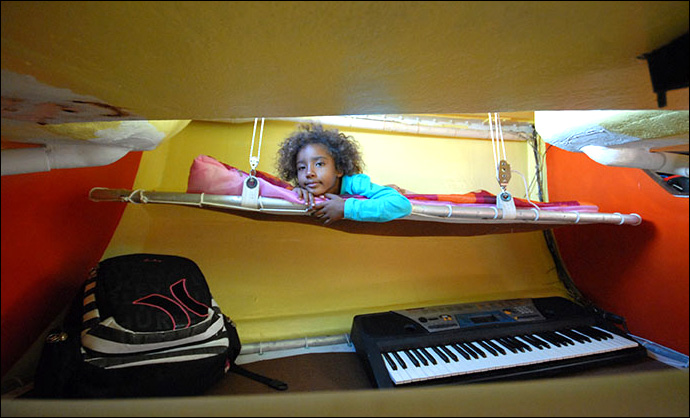7. How do you handle: EDUCATION and FULFILLMENT?
Schooling
 |
Living aboard in Reykjavik harbor, winter 2014-2015.
Sol and Luna went to school and learned to speak Islandic. |
Our family motto is “life is the lesson”, our children learn from their travels and lifestyle more than from books. Their schooling comes from real-life experiences, we take every experience and turn it into a learning lesson.
During periods when we have stopped in a place for a while they have gone to school in four different countries but only to learn the languages.
We have taught them the love for reading and how to research anything that interests them so they can learn all about it.
Friendships and social interactions
 |
In San Blas islands with friends (Panama, 2011) |
Cruising children find and make friends everywhere they go. This is something our children have become masters in. They are not at all shy and make friends quickly, they even make adult friends and invite people of all ages over for a visit on the boat.
Our children are very social and outgoing, they are the ones who keep our social life active.
Keeping the kids entertained
 |
Sol (7) looking for a treasure, ashore with our dinghy Swiss Miss (Barbuda, 2012).
|
We have taught our kids to entertain themselves, they are entrepreneurs who make and sell their own art crafts, buy their own movies and candy (which we never buy for them). Arts and crafts are what they spend most of their time doing, they love collecting things from nature to use in their art making such as sea glass and sea shells.
Personal space aboard
On an open design boat there is no personal space but this has made our particular family a very close-knit one.
 |
Sol in her “aft pipe berth” at age 5 with her keyboard (2010). |
Family back home and their concerns
Our extended family have found ways to come and visit us at different ports. One grandma is a flight attendant on a major airline so we see her a lot, she's a real sport and stays on the boat and has also sailed on a few passages with us.
We believe that because of our lifestyle we, in a way, have inspired our friends and family to leave the comfort of their daily lives to come and visit us in perhaps places around the world they would have never gone to if it weren't for us being there.
Especially because we have chosen to sail “off the beaten path” and gone to places where few boats venture out to. |